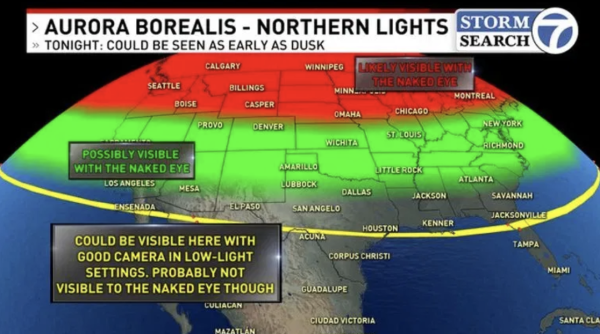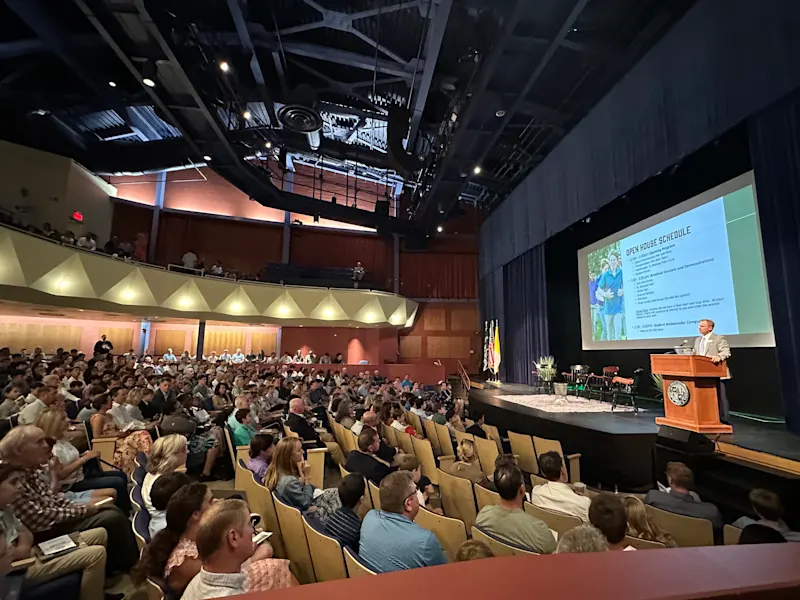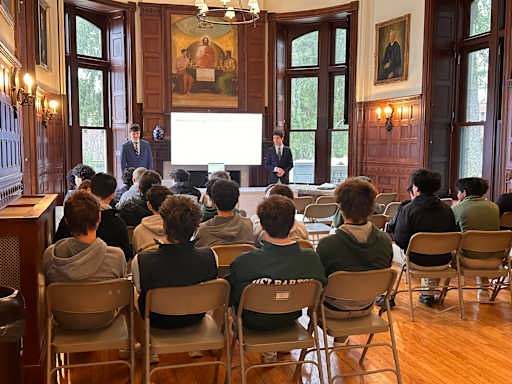Did you stay up to watch the Northern Lights this Saturday? This past weekend, people across the world had the chance to see a rare view of the aurora borealis in their own backyards, an effect typically reserved for tourists and residents in locations like Alaska and Iceland, close to the North Pole. Although certainly a sight to see, many people are unaware of the science behind these colorful rays.
More commonly known as the Northern Lights, an aurora borealis is caused by a coronal mass ejection, when explosions of plasma and magnetic material shoot out of the sun. Sometimes, when these solar flares are large enough, they can reach and interfere with Earth’s magnetic field, accelerating towards the north and south poles. The extreme speed of the particles from the sun colliding with the atmosphere then releases bursts of light, creating the familiar Northern Lights. Typically, the hues of the Northern Lights include variations of green, pink, purple, and occasionally red or blue. The kind of gas molecules involved in the collisions and the altitude at which they take place influence their hues. There are stories and traditions about the Northern Lights in many cultures. They were thought to represent the Valkyrie’s armor in Norse mythology and depicted as spirits dancing in the sky in certain indigenous cultures.

So, how did people living in Texas last weekend, thousands of miles away from the north pole, fall in the radius of being able to see the Northern Lights? Well, a solar eruption was so large that the National Oceanic and Atmospheric Administration (NOAA) issued a severe geomagnetic storm watch for the first time in almost 20 years. Clinton Wallace, director of NOAA’s Space Weather Prediction Center stated that, “This is an unusual and potentially historic event.” It would be a good idea to save any Northern Lights photos you may have taken, as another event of this magnitude may not happen for decades. However, the NOAA warns that in addition to being responsible for the Northern Lights, geomagnetic storms have the ability to affect near-Earth orbit and surface infrastructure, radio and satellite operations, communications, the electric power system, and navigation. Luckily, there were no major systems affected by the recent storm, and ever advancing satellite technology is getting better at predicting when the next major geomagnetic storm will happen.


































